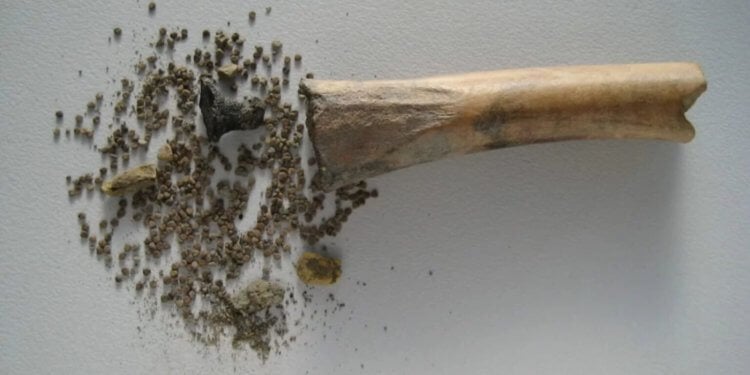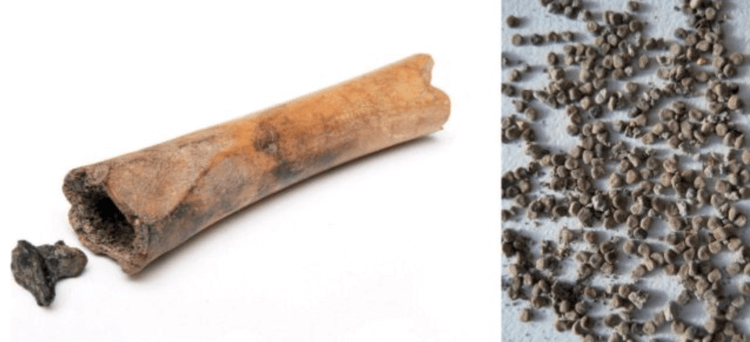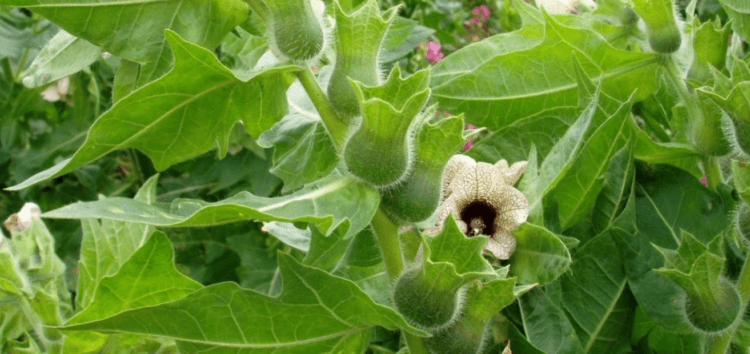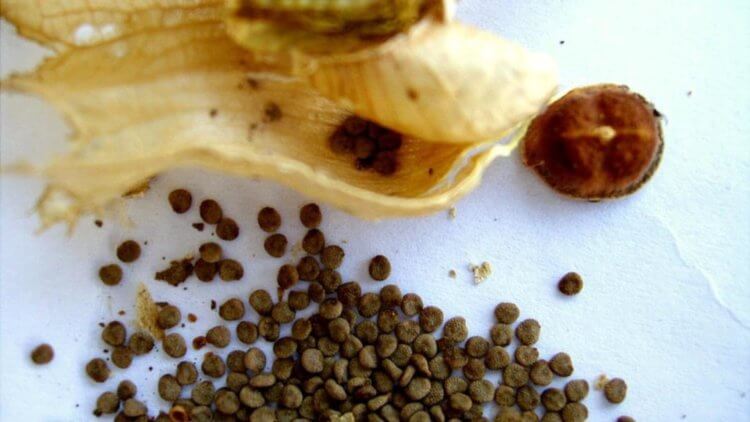In ancient times, as is known, they often used treatment methods that actually had nothing to do with medicine, and could even shock modern people. However, at the same time, medicinal herbs were used that actually had one or another healing properties. Therefore the question arises — When did people first start using medicinal plants? At present, it is unlikely that it will be possible to accurately answer this question. However, in the Netherlands, archaeologists were able to discover the most ancient evidence of the use of medicinal herbs. We are talking about a poisonous plant that was used in the Roman Empire.

In the Netherlands, archaeologists discovered a bone filled with the seeds of a poisonous plant
Archaeological find with a medicinal plant
Archaeological find with a medicinal plant
h2>
h2>
Scientists made an interesting discovery during excavations of the Houten-Castellum complex. This ancient settlement is located near the modern city of Utrecht in the Netherlands. It flourished approximately 2,600 years ago and lasted until the end of the second century AD. Currently, scientists have managed to make a huge number of different finds at this place — thousands of metal objects, fragments of ancient foundations, as well as a huge number of animal bones.
Among them, scientists found one quite ordinary at first glance, well-preserved sheep or goat bone. While cleaning it, one of the archaeologists accidentally knocked out the birch bark plug, causing plant seeds to spill out of the bone. It turned out that the inside was hollowed out, and its walls were filled with birch tar. That is, it was a container. Therefore, there was no doubt that the seeds were carefully stored for a specific purpose.

The bone was used as a container for storing henbane seeds
Unfortunately, most of the seeds were lost when the plug opened. However, there were still 382 seeds left, which were found to belong to the plant Hyoscyamus niger, better known as black henbane. A filled container, according to researchers, could contain up to 4,000 such seeds. During the study, scientists found that the middle part of the bone was smooth and polished. This suggests that the bone was often used, as reported in the journal Antiquity.
Why did ancient people use henbane
What did the inhabitants of Houten Castellum do with henbane? Even in small doses, this plant is very dangerous, as it contains strong toxins – hyoscyamine and scopolamine. If these toxins enter the human body, they can cause severe tachycardia, seizures, coma, and death. However, in small doses, henbane causes hallucinations and can even be used as a medicinal plant.
It must be said that scientists have long assumed that henbane was used in ancient times as a medicinal plant. Moreover, the Roman historian Pliny the Elder wrote in 77-79 AD that this plant in various forms can be used to relieve pain, such as dental pain, uterine pain, or gout. Also, in his opinion, henbane helped with colds and coughs. He also indicated that it must be taken with great caution to avoid poisoning.

Black henbane contains strong toxins
However, until recently it was unknown when people first began to use henbane for medicinal purposes. Previously, it was found in the hospital of a Roman fortress of the 1st century AD, in funerary goods in Jutland around 980 AD, as well as in the territory of many other archaeological sites. However, it was impossible to prove that the plant was used by people.
The fact is that henbane is very common in Europe. It could grow in and around settlements. Accordingly, the seeds could end up on the territory of archaeological sites completely by accident.
The current find is beyond doubt. Considering that this territory was part of the Roman Empire 2600 years ago, the seeds were most likely used as a medicine. True, some other archaeological finds indicate that henbane could also be used as a hallucinogen.

Most likely, the Roman Empire used henbane seeds as a healing agent
According to the researchers themselves , during future archaeological research, henbane should not be ignored as just a weed. It is necessary to pay attention to “context”. Perhaps this will allow us to learn more about how and why this plant was used in Europe thousands of years ago.
Follow the link to our ZEN CHANNEL. We have prepared for you a lot of interesting, exciting materials dedicated to science.
Finally, we suggest that you familiarize yourself with more shocking treatment methods of antiquity than taking black henbane. Many of them date back to the times of Ancient Egypt.